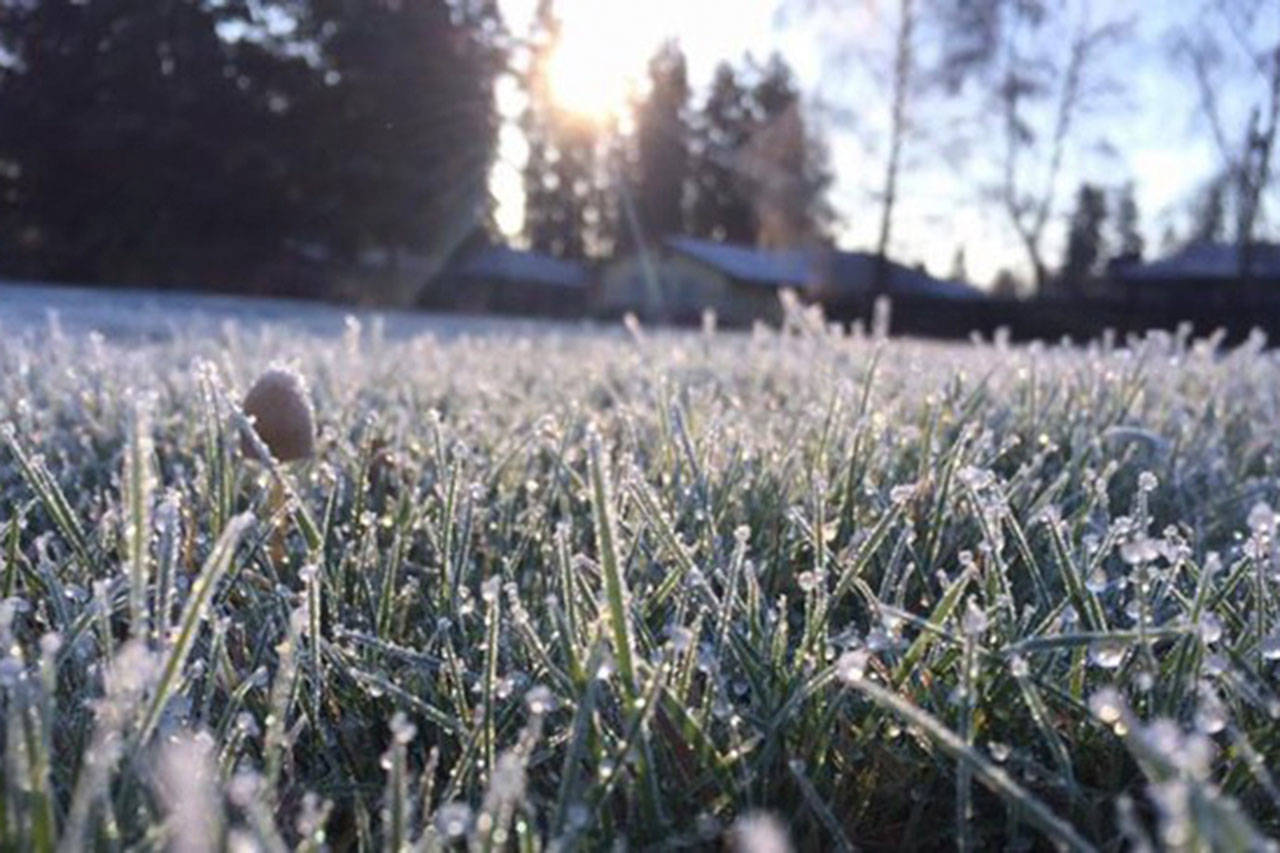By Steve Smith
It looks like the next couple of weeks are going to be wet and cold and some preparation on our parts can help minimize any deleterious effects. We rarely see more than 10 to 14 days of continuous below-freezing weather, but it still can do a lot of damage. Here are some tips to help get through the arctic blast.
•Protect container plantings: The smaller the container, the more the damage, so if you have pots 14 inches or smaller I recommend either to wrap them
with burlap (not plastic) or bubble wrap. Also, move the pots closer to the house or even into a cold but not freezing garage (not a warm garage though). The goal is to give them a little extra protection without waking them up. Be sure to move them outside as soon as temperatures go above freezing and stay there for a few days. For pots 20 inches or larger, don’t sweat it.
•Mulch, mulch, mulch: If you were wise and left leaf litter on your beds in fall, all you need to do is gather it up around any plants that might be tender to protect their crowns. If you cleaned up the garden buy some compost and spread it around as fast as you can. You can leave the compost in place until late February, or until you see signs of new growth, and then spread it around the garden.
•Snow: It is a gardener’s friend when it comes to freeze protection. It will insulate soil and smaller plants, so leave it in place and let it melt naturally. However, knock it off branches of tall narrow growing evergreens or they will splay out and look terrible from then on. Any delicate branching
shrubs or small trees should also get a little shake to keep them from breaking.
•Water: Areas under evergreen trees and beneath the eves of houses where the rain doesn’t penetrate can be quite dry. Find a hose that isn’t frozen solid and get some water to those areas.
•Lawns: Stay off them. If you don’t, you will have dead footprints until spring. While not permanent, it can be unsightly.
•Birdbaths and fountains: They should be drained or kept running if you can’t drain them. Using RV-antifreeze is also an option, but never use automotive antifreeze as it is highly toxic to plants and animals.
Every winter presents its challenges. Early freezes are the worst, but they are less damaging in January. Do what you can and figure on doing some repair work and possibly some replacement come spring.
Steve Smith owns Sunnyside Nursery in Marysville; info@sunnysidenursery.net


